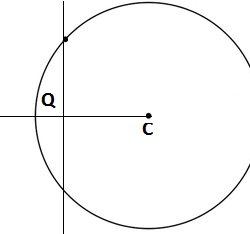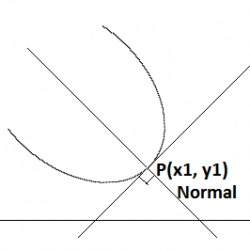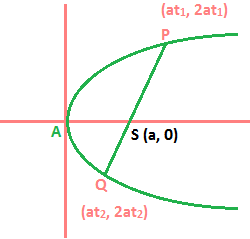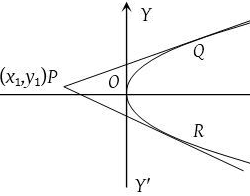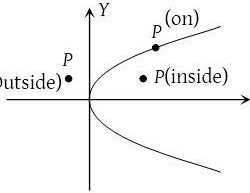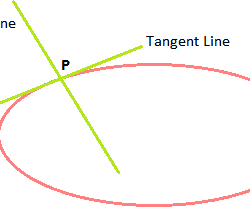Insertion of Arithmetic Mean (AM) between Two Numbers
Insertion of Arithmetic Mean (AM) between Two Numbers Arithmetic progression (AP): A sequence is said to be an arithmetic progression, if the difference of a term and previous term is always same. i, e.., an₊₁ – an = constant (d) The constant difference, generally denoted by ‘d’ is called the common difference. Example: (i) 1, Read more about Insertion of Arithmetic Mean (AM) between Two Numbers[…]


